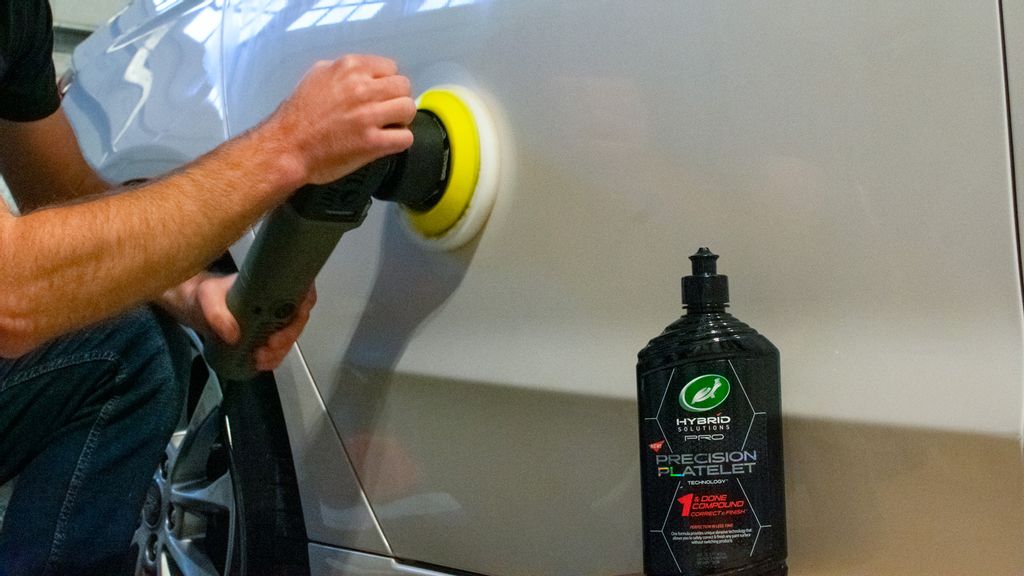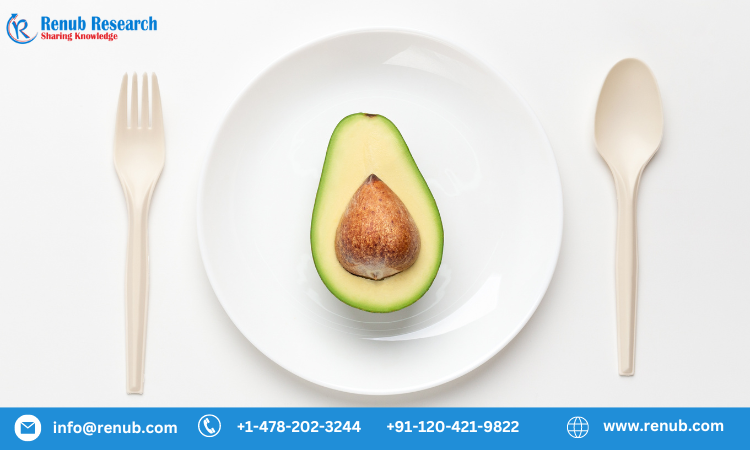When it comes to keeping your car looking its best, few things make a bigger impact than a gleaming, polished exterior. Car polishing compounds are the secret weapon in the arsenal of every car enthusiast and detailer. In this comprehensive guide, we’ll delve into the world of car polishing compound, exploring their types, application techniques, and tips for achieving that coveted showroom shine.
Understanding Car Polishing Compounds
What are Car Polishing Compounds?
Car polishing compounds are specially formulated abrasives designed to remove imperfections from a car’s exterior paint, leaving behind a smooth and glossy finish. These compounds come in various levels of abrasiveness, allowing you to tackle anything from minor scratches to deeper swirl marks.
How do Polishing Compounds Work?
Polishing compounds contain abrasive particles that work by leveling the uneven surface of the paint. As you apply the compound and buff the surface, the abrasives break down, gradually smoothing out imperfections. This process reveals the fresh, unblemished paint underneath, restoring your car’s original luster.
Types of Car Polishing Compounds
Abrasive Compounds
Abrasive compounds are the heavy lifters of the polishing world. They are designed to tackle deep scratches, oxidation, and severe paint imperfections. These compounds contain larger abrasive particles and are typically the first step in a multi-stage polishing process.
All-in-One Compounds
All-in-one compounds combine abrasive particles with polishing agents. They are versatile and well-suited for moderate paint correction and enhancement. These compounds are a great choice for regular maintenance, as they can remove minor imperfections while leaving behind a polished finish.
Finishing Compounds
Finishing compounds, as the name suggests, are used for the final step in the polishing process. They have fine abrasive particles that refine the paint surface, removing any remaining haze and enhancing the shine. Finishing compounds are ideal for achieving that mirror-like, showroom-quality finish.
Choosing the Right Polishing Compound
Assessing Paint Condition
Before you start polishing, it’s crucial to assess the condition of your car’s paint. Inspect the surface for scratches, swirl marks, and oxidation. Based on the severity of imperfections, you can choose the appropriate type of polishing compound and the right level of abrasiveness.
Matching Compound Grit to Paint Imperfections
Different polishing compounds come with varying levels of grit or abrasiveness. For light imperfections, opt for a finer compound, while deeper scratches may require a coarser one. Matching the compound’s grit to the specific imperfections ensures effective and efficient correction.
Essential Tools and Materials
Dual-Action Polisher
A dual-action polisher is a must-have tool for effective car polishing. Unlike traditional rotary polishers, dual-action polishers are less likely to cause swirl marks or burn through the paint. They provide controlled and consistent motion, making them suitable for both beginners and professionals.
Microfiber and Foam Pads
Polishing pads come in different materials, with microfiber and foam being the most common. Microfiber pads are more aggressive and are ideal for initial correction, while foam pads are gentler and work well for applying finishing compounds.
Applicators and Towels
Soft applicator pads are essential for applying polishing compounds to the paint. Microfiber towels are used for buffing and removing excess compound. Using high-quality applicators and towels ensures a smooth and even application, reducing the risk of swirl marks.
Step-by-Step Guide to Polishing Your Car
Washing and Drying the Vehicle
Start by thoroughly washing your car to remove dirt, grime, and debris. Once the car is clean, dry it completely to prevent water spots.
Preparing the Polishing Pad
Attach the chosen polishing pad to the dual-action polisher. Apply a small amount of polishing compound to the pad and spread it evenly across the surface.
Applying the Polishing Compound
Work on a small section of the car at a time. Turn on the polisher and make overlapping passes, applying moderate pressure. Keep the pad flat against the surface and work in a controlled manner.
Buffing and Polishing
After applying the compound, switch to a clean, dry microfiber towel and gently buff the area to remove any residue and reveal the polished finish. Continue this process, working section by section, until the entire car is polished.
Pro Tips for Optimal Results
Working in Sections
Dividing your car into manageable sections allows you to focus on one area at a time, ensuring thorough and consistent polishing.
Avoiding Excessive Pressure
Let the polishing compound do the work. Applying too much pressure can lead to uneven results and potential paint damage.
Checking Your Progress
Regularly inspect your work under different lighting conditions to track your progress and ensure you’re achieving the desired level of correction.
Post-Polishing Care
Removing Polish Residue
After completing the polishing process, use a clean microfiber towel to wipe away any remaining polish residue and reveal the true shine of your car’s paint.
Applying Wax or Sealant
To protect the freshly polished surface, apply a layer of wax or sealant. These products provide a barrier against environmental contaminants and help maintain the glossy finish.
Common Mistakes to Avoid
Overuse of Compound
Using too much polishing compound can result in excessive paint removal, causing more harm than good. Start with a small amount and add more if necessary.
Skipping Paint Decontamination
Failing to properly clean and decontaminate the paint before polishing can lead to trapped dirt and scratches, diminishing the final results.
Polishing Different Car Surfaces
Clear Coat Finishes
For cars with clear coat finishes, it’s essential to choose a non-abrasive polishing compound to avoid damaging the delicate clear coat layer.
Matte Paints
Matte finishes require specialized products. Use a polishing compound specifically designed for matte paints to enhance the surface without altering its unique appearance.
Chrome and Metal Surfaces
Polishing compounds can also be used on chrome and metal surfaces to remove tarnish and restore shine. Ensure the compound is suitable for these surfaces before proceeding.
Frequency of Polishing
Determining Polishing Frequency
The frequency of polishing depends on factors such as driving conditions, exposure to the elements, and your desired level of paint perfection. Generally, polishing every 3-6 months is a good guideline for maintaining a polished look.
Signs It’s Time to Polish Your Car Again
When you notice a decrease in the paint’s glossiness, an increase in minor imperfections, or difficulty in removing dirt and grime, it’s a sign that your car could benefit from another round of polishing.
The Environmental Impact
Choosing Eco-Friendly Compounds
Consider using environmentally friendly polishing compounds that minimize harm to ecosystems and waterways.
Proper Disposal of Residue
Dispose of used polishing pads and residue properly according to your local regulations. Avoid letting polishing compounds and residues enter storm drains.
Conclusion
Car polishing compounds are your ticket to achieving a stunning, head-turning finish that rivals any showroom beauty. By understanding the types of compounds, choosing the right tools, and following a step-by-step process, you can transform your car’s exterior into a work of art. Whether you’re a seasoned detailer or a DIY enthusiast, the process of polishing your car is a rewarding experience that will leave you with a vehicle you’re proud to show off.



